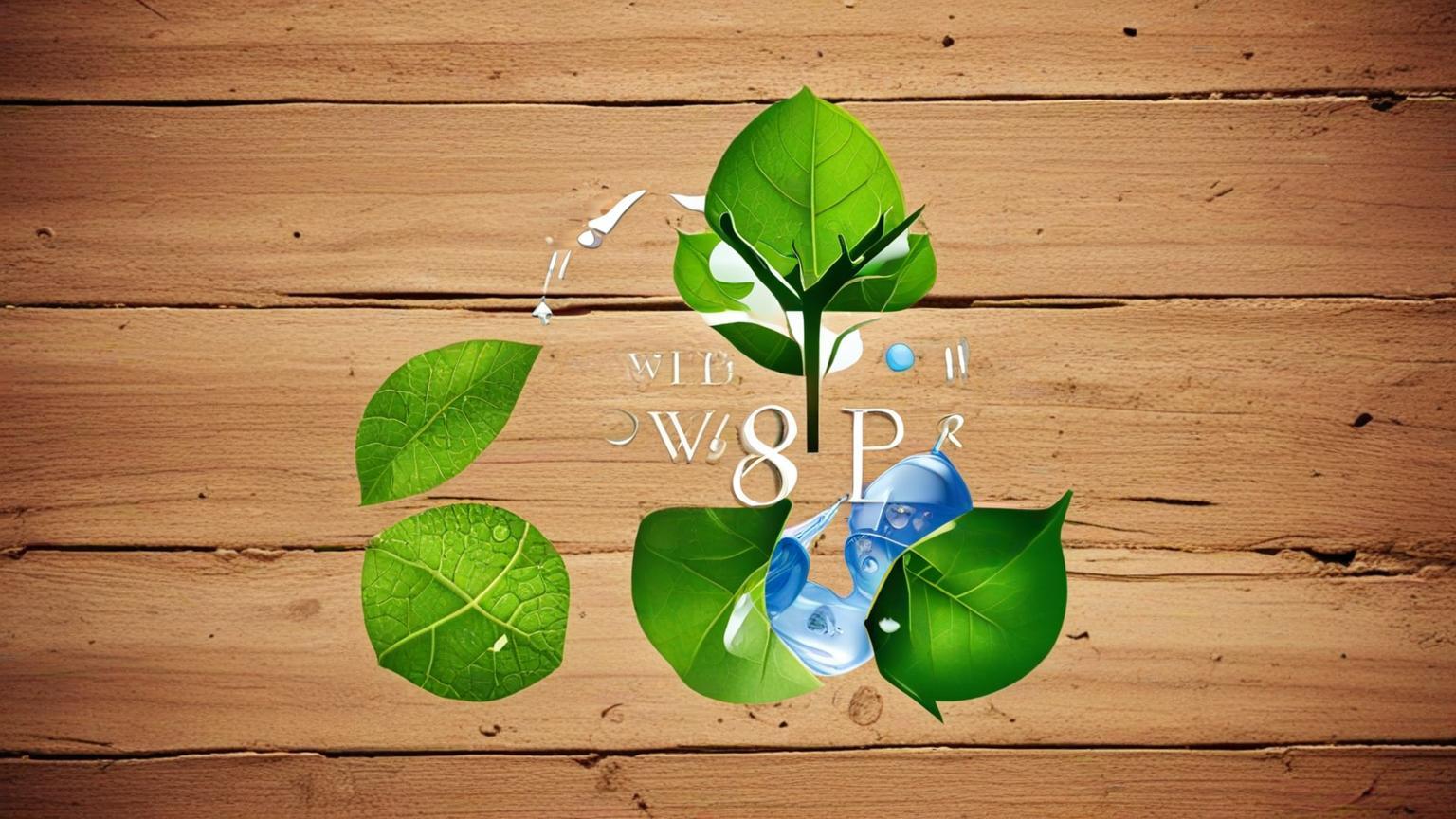As the world wakes up to the impacts of climate change and environmental degradation, homeowners are increasingly looking for ways to make their spaces more sustainable. The rise of eco-friendly home renovation has unleashed a tidal wave of innovative ideas aimed at saving energy, reducing waste, and improving the environmental footprint of our living spaces. If you're gearing up for a home makeover and want to keep Mother Earth in mind, then read on. This guide will help you transform your home with eco-conscious choices that don’t just benefit the planet—they can also save you money in the long run.
## Energy Efficiency: The Foundation of Green Living
Start with small yet impactful changes by focusing on energy efficiency. Upgrade your home's insulation to ensure that you’re not losing precious heat in the winter or letting cool air escape in the summer. Look for insulation materials made from recycled materials or sustainable sources. Sealing doors and windows is another quick fix that can make a huge difference. Consider installing energy-efficient windows that can reduce your reliance on heating and cooling systems.
Lighting plays a significant role in a home's energy usage. Opt for LED lighting, which uses at least 75% less energy and lasts much longer compared to traditional incandescent bulbs. Smart lighting systems can be programmed to turn off automatically when not in use, further reducing energy consumption.
Lastly, investing in ENERGY STAR-certified appliances is a smart move. These products meet strict energy efficiency guidelines set by the U.S. Environmental Protection Agency and can significantly lower your utility bills.
## Water Conservation: Use Less, Save More
Water is a precious resource that should be used sparingly. Implementing water-saving fixtures in your home can drastically reduce water usage. Low-flow toilets, showerheads, and faucets can greatly decrease the amount of water wasted in daily activities. Additionally, consider installing a rainwater harvesting system. This setup collects rainwater that you can use for various purposes, like gardening, thus reducing reliance on municipal water supplies.
Landscaping also offers opportunities for water conservation. Xeriscaping uses drought-resistant plants to create beautiful, low-maintenance gardens that need less water. Native plant species are not only more resilient, they also support local wildlife and reduce the need for chemical fertilizers.
## Sustainable Materials: Building a Greener Space
When selecting materials for your renovation, look for options that have a reduced environmental impact. Reclaimed wood is a popular choice for flooring and furniture, giving your home a unique look while reducing the demand for virgin wood. Bamboo is another sustainable material that grows quickly and can be used in flooring, countertops, and more.
If you're remodeling your kitchen or bathroom, consider recycled glass tiles for a stunning and eco-friendly option. They provide a distinctive look and are made entirely from recycled materials. Whenever possible, source materials locally to mitigate the carbon footprint associated with transporting goods over long distances.
## Indoor Air Quality: Breathe Easy with Natural Solutions
Good indoor air quality is crucial for a healthy home environment. Focus on eliminating sources of indoor air pollution by choosing VOC-free (volatile organic compounds) paints and finishes. These products have fewer chemical emissions, making your home’s air safer to breathe.
Inside your home, plants can serve as natural air purifiers. Consider adding greenery that is known to clean the air, such as spider plants, peace lilies, and aloe vera. These plants don't just improve air quality; they also add a touch of nature's beauty to your interiors.
## Renewable Energy: Powering Your Home Sustainably
While initial costs can be high, investing in renewable energy systems can provide long-term savings and major environmental benefits. Installing solar panels is increasingly popular among homeowners looking to reduce reliance on the grid. Depending on your location and energy needs, you may also want to explore options like wind or geothermal energy.
Community solar programs are another avenue for those who can’t install panels directly but still want to benefit from solar energy. These programs allow you to buy into a shared solar farm and receive credits on your electricity bill for the power produced.
Taking the plunge into eco-friendly renovations may be your most important home improvement yet. By embracing these sustainable strategies, you’re investing in a brighter, greener future for you, your family, and generations to come. The choice is yours: make it wisely, and let your home be a beacon of sustainability.
Eco-friendly renovation tips for sustainable homes

